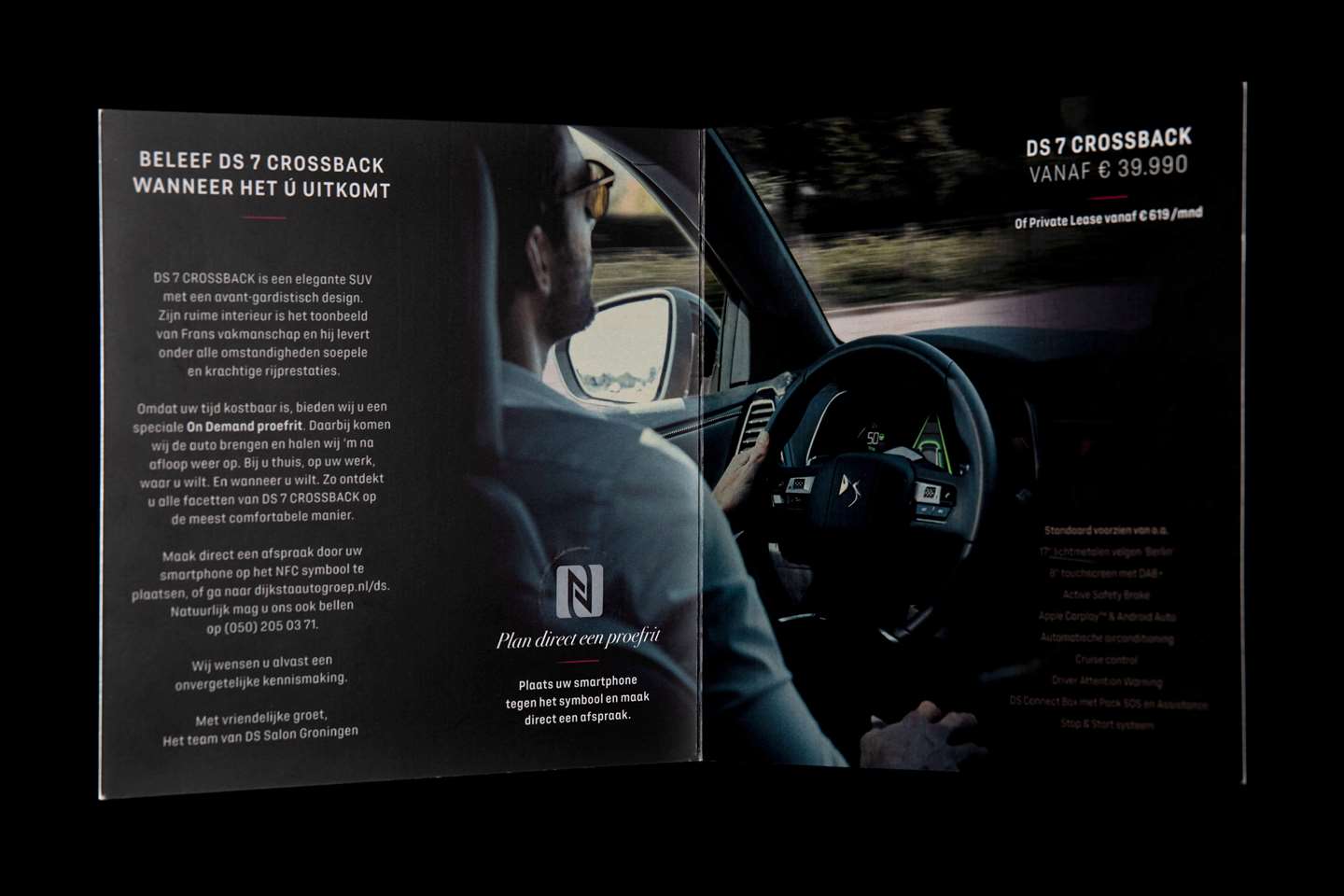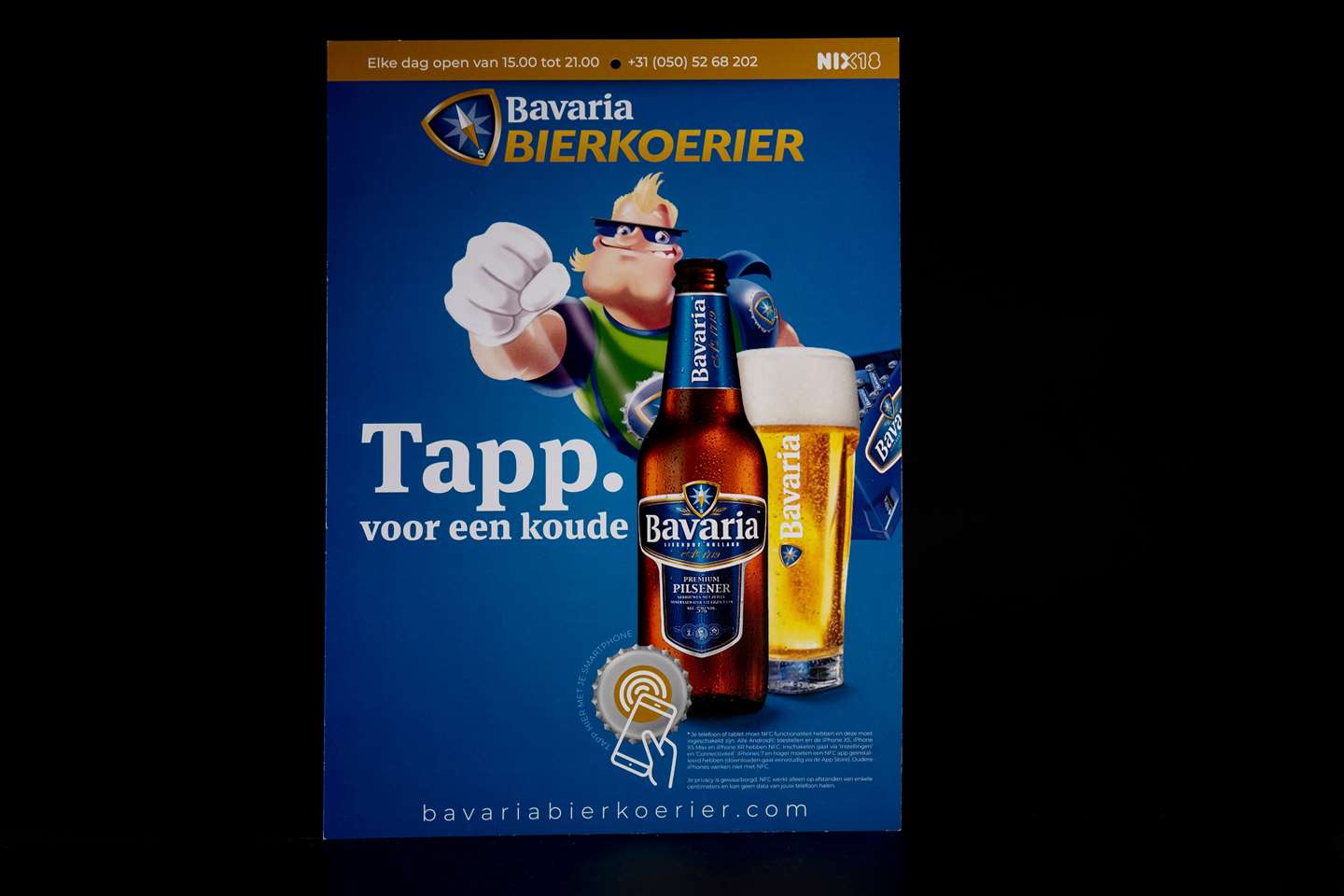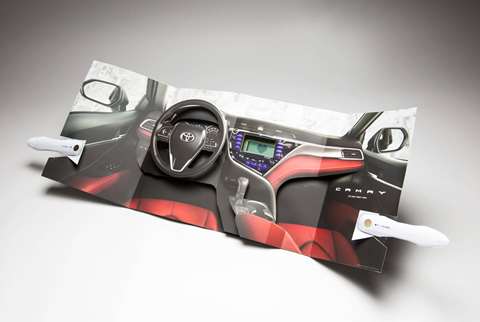Your company produces innovative tech-in-paper solutions. Is your background in paper?
No, I'm a lawyer actually - my background has nothing to do with paper. In my last year of study, I went on a study trip to Japan. It was the first time in six years of study that I was confronted with the practicality of law. And it was at that point that I decided I don’t want to do this for the rest of my life as I'm more of an entrepreneur. So I came back to the Netherlands and started working at a printing shop with the idea of buying that company and becoming CEO. I knew nothing about paper, so it was quite challenging. But it also made me look at paper and think, what if we could make it a substitute for plastics and the base material for electronics? I was working nights and weekends to try and make paper work in the way I wanted it to. It started with the QR code because that is the simplest form of making paper smart. We started the company back in March 2020.
How would you describe to a client what Tapp.online does?
I usually use the four words ‘we make paper smart’. That’s the product, but the need behind the product is data. Making paper smart, with the chips and sensors is something not everyone can do. But the real value lies in the software behind it - where you can actually see interactions occur and where you can see the data being validated. For instance, we make paper that measures and logs the temperature of potatoes as they’re moved from A to B, and we made a software platform that lets you visualise and track that data.







